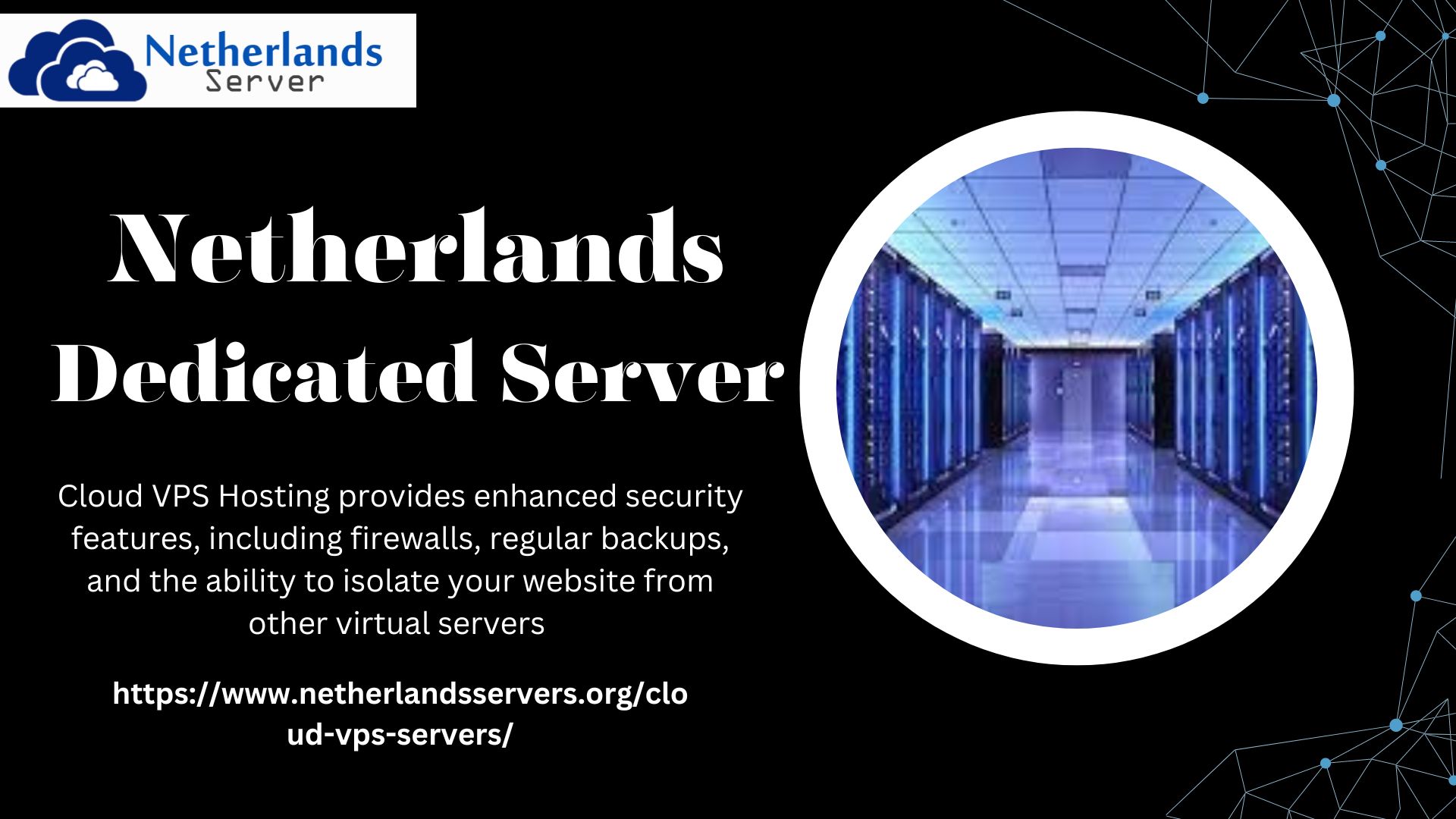Intro
In today’s fast-paced digital world, having a Netherlands Dedicated Server is a powerful asset for businesses and individuals looking to host websites, applications, and online services with maximum performance and control. However, simply having a dedicated server is not enough to guarantee optimal results. To truly harness its full potential, you need to know how to optimize it effectively. In this comprehensive guide, we will explore the steps and strategies to optimize your Cheap Dedicated Server for peak performance and efficiency.
Understanding the Importance of Optimization
Before diving into the technical details of optimization, let’s first understand why it’s crucial.
Enhanced Performance: Optimizing your Netherlands Dedicated Server can significantly improve its performance. Faster loading times, smoother operation, and increased responsiveness are just a few benefits that can enhance user experiences and satisfaction.
Cost Efficiency: Efficiently optimized servers consume fewer resources, resulting in lower operational costs. By maximizing the utilization of your dedicated server, you can save on hardware, electricity, and maintenance expenses.
Improved Security: Optimization often involves strengthening security measures. A well-optimized server is less vulnerable to security threats and cyber attacks, protecting your data and online assets.
Better Scalability: Optimization sets the stage for easy scalability. As your online presence grows, you can seamlessly upgrade your server’s resources to accommodate increased traffic and workload demands.
Steps to Optimize Your Netherlands Dedicated Server
Now, let’s explore the practical steps to optimize your Netherlands Dedicated Server effectively.
Regular Updates and Maintenance
Keeping your server’s operating system, software, and applications up to date is the foundation of optimization. Updates often include security patches, bug fixes, and performance enhancements. Regularly schedule maintenance to ensure the server runs smoothly.
Server Monitoring
Implement server monitoring tools to keep a close eye on performance metrics, resource usage, and potential issues. Monitoring helps identify bottlenecks and allows for proactive problem-solving.
Resource Allocation
Allocate server resources efficiently to ensure that critical applications have the necessary CPU, RAM, and storage resources. This prevents resource contention and ensures smooth operation.
Content Caching
Implement content caching mechanisms to reduce server load and accelerate content delivery. Content caching stores frequently accessed data closer to users, reducing the need for repeated requests to the server.
Load Balancing
If your server hosts multiple websites or applications, consider implementing load balancing. Load balancing distributes incoming traffic across multiple server instances, optimizing resource utilization and improving redundancy.
Content Optimization
Optimize your website or application content for faster loading times. Compress images, minify code, and enable browser caching to reduce page load times and improve user experiences.
Security Measures
Enhance server security through firewall configurations, intrusion detection systems, and regular security audits. Protect your server and data from potential threats.
Backup and Disaster Recovery
Implement a robust backup and disaster recovery plan to safeguard your data. Regularly backup your server’s data and settings to prevent data loss in case of unforeseen incidents.
Database Optimization
If your server relies on databases, optimize them for improved performance. Regularly clean and optimize databases to reduce query times and enhance overall server responsiveness.
Content Delivery Network (CDN)
Consider using a Content Delivery Network (CDN) to distribute content geographically. CDNs cache and deliver content from servers located closer to users, reducing latency and improving loading times.
Regular Testing
Regularly test your server’s performance and response times. Conduct load testing to simulate heavy traffic conditions and identify potential bottlenecks.
Conclusion
Optimizing your Linux Dedicated Server is a continuous process that requires attention to detail and a commitment to performance excellence. By following the steps and strategies outlined in this guide, you can ensure that your dedicated server operates at its peak efficiency, delivering the best possible experience to your users while maximizing cost savings and security.
Investing time and effort into optimization not only boosts server performance but also future-proofs your online presence. As your website or application grows, your optimized server can seamlessly adapt to increased demands, ensuring that your online ventures remain successful and efficient.
FAQs
Q1: Why is optimization important for a Netherlands Dedicated Server?
Optimization is crucial for a Dedicated Server because it enhances its performance, reduces operational costs, improves security, and allows for seamless scalability. A well-optimized server ensures that websites and applications hosted on it operate efficiently and provide an excellent user experience.
Q2: How often should I perform server maintenance and updates?
Server maintenance and updates should be performed regularly. It’s recommended to schedule routine maintenance and apply updates as soon as they become available. This helps ensure that your server stays secure, stable, and up-to-date with the latest improvements and security patches.
Q3: Can I optimize my server’s security while optimizing its performance?
Yes, you can optimize both performance and security simultaneously. Many optimization techniques, such as firewall configurations, regular security audits, and intrusion detection systems, contribute to enhanced security. Optimizing security measures helps protect your server and data while ensuring optimal performance.
Q4: What are the benefits of using a Content Delivery Network (CDN) for server optimization?
A Content Delivery Network (CDN) can significantly enhance server performance by caching and delivering content from servers located closer to users. This reduces latency, accelerates content delivery, and minimizes the load on your Dedicated Server, resulting in faster loading times for websites and applications.
Q5: How do I know if my server is optimized for scalability?
Optimizing for scalability involves ensuring that your server can handle increased traffic and workload demands without performance degradation. Regular load testing is a reliable method to assess scalability. If your server can handle a surge in traffic while maintaining acceptable response times, it’s optimized for scalability.

